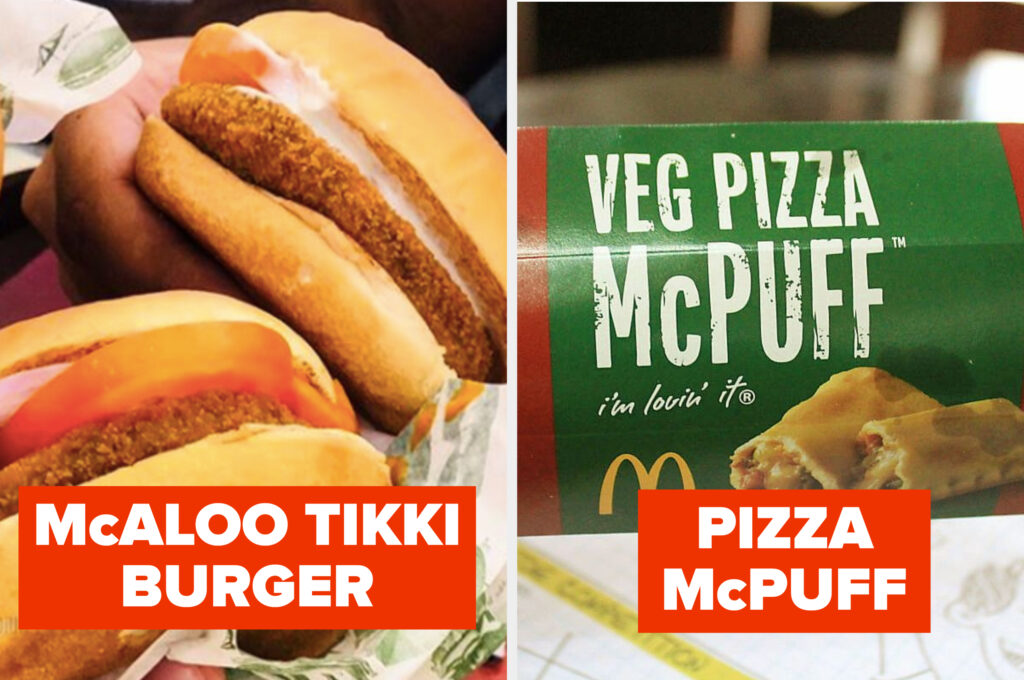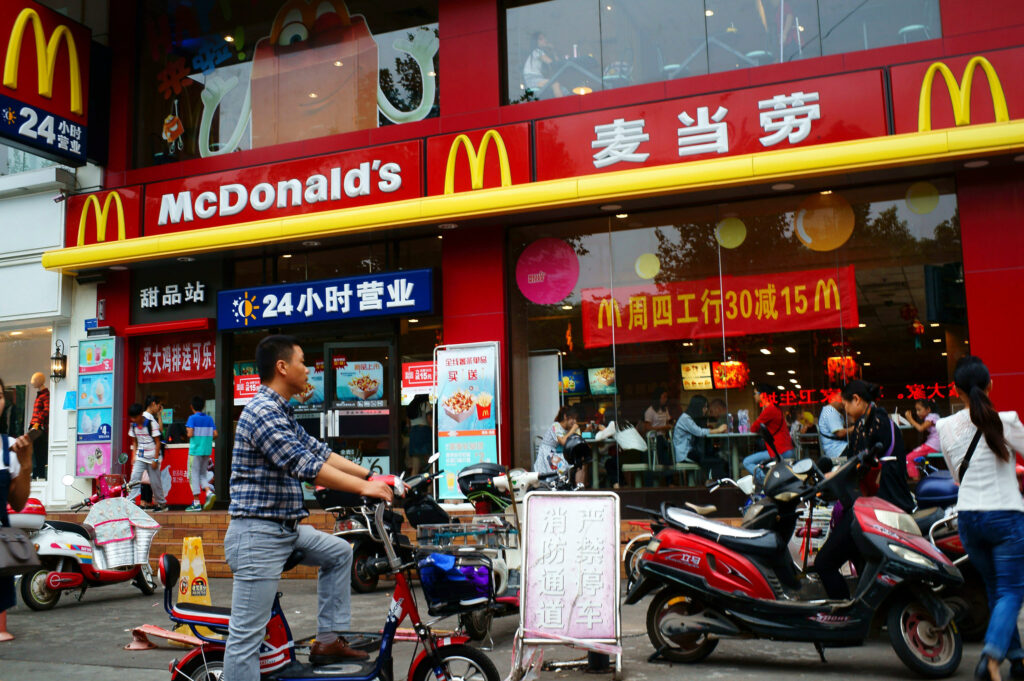The McDonald’s experience is deeply ingrained in the lives of all Americans. At some point, each of us has relished a kid’s meal or a quarter pounder with cheese. The chain has seamlessly woven itself into the fabric of American culture, making appearances in TV shows, memes, and everyday popular culture language. Given its undeniable significance within our nation, one can’t help but wonder how McDonald’s has achieved such widespread success beyond our borders.

The biggest reason for their success is their willingness to adapt. This culture of adaptation probably stems from Ray Kroc, the person who took over McDonald’s in 1954 (McDonald’s History). Kroce believed in an entrepreneurial attitude because he felt most companies failed due to stagnation (The Stream). During the company’s early days, Kroc asked employees to submit their ideas for new menu items to continue attracting new consumers to the brand (The Stream). While McDonald’s still has an employee suggestion box, Kroc turned over new menu item creation to his R&D team, which is filled with the best chefs from around the world (The Stream). This aspiration for continued improvement and expansion is one of the reasons McDonald’s has been so successful around the world.

Adaptation plays a significant role in McDonald’s localization policies. McDonald’s first expansions were into markets relatively similar to the American market, with Canada being the first to have a McDonald’s in 1964 (McDonald’s History). However, as Kroc pushed for further global expansion, the company realized that the ‘American’ burger they were selling wouldn’t function as well elsewhere.
An excellent example of this is McDonald’s expansion into India. Since 1996, the company has been trying to capitalize on India’s massive population (Culture and Business). Understanding that Hinduism is the largest religion meant that McDonald’s could not serve the beef items they were so accustomed to (Culture and Business). To combat this, McDonald’s changed their menu, including swapping all beef for chicken or vegetarian patties and incorporating local spices to appeal to the demographic (Culture and Business). Interestingly, the famous McDonald’s cheeseburger in India is called the McAloo Tiki and uses potatoes instead of beef (Culture and Business).

Another way they adapted to the culture in India was by their positioning strategy. This required an in-depth understanding of Indian culture in order to know how to position the brand. Because Indians typically didn’t eat out as much or view a burger alone as a complete meal, McDonald’s realized they would have to adjust their marketing campaigns (Culture and Business). They positioned the brand as a street food alternative and utilized a low-price strategy to drive consumers to them rather than other vendors (Culture and Business). This ingenious practice has turned over 320 million Indian consumers into McDonald’s customers (Culture and Business).
India is not the only successful location that McDonald’s was able to adapt to. For instance, McDonald’s in Indonesia only sells halal goods to appease the local market (Catalyst Agents, 2020).
When the Chinese people complained about the cleanliness of establishments, McDonald’s completely changed their cleaning practices and food sourcing strategies to showcase fresh foods and clean restaurants (Catalyst Agents, 2020). McDonald’s is excellent at meeting the needs of its consumers, helping them stay successful in places far different from the American culture they started in.

McDonald’s remarkable success on a global scale can be attributed to its ingrained culture of adaptation, as evidenced by its strategic localization policies and the visionary leadership of Ray Kroc.
Works Cited:
Catalyst Agents (2020, March 31). The Cultural Marketer | How McDonald’s Achieves Brand Success Through Cultural Adaptability. Catalyst Agents. https://catalystagents.com/blog/2020/3/22/the-cultural-marketer-how-mcdonalds-achieves-brand-success-through-cultural-adaptability#:~:text=As%20the%20majority%20of%20the,by%20replacing%20beef%20with%20chicken.
Culture and Business (n.d.) Case Study: McDonald’s In India. Culture and Business. https://cultureandbusiness.weebly.com/case-study.html#:~:text=Not%20only%20have%20they%20been,loyalty%20and%20trust%20as%20well.
McDonald’s (n.d.) McDonald’s History. McDonald’s. https://corporate.mcdonalds.com/corpmcd/our-company/who-we-are/our-history.html
The Stream (2019, August 29). How Ray Kroc Grew McDonald’s into a Global Franchise. The Stream. https://www.workstream.us/blog/how-ray-kroc-grew-mcdonalds-into-a-global-franchise